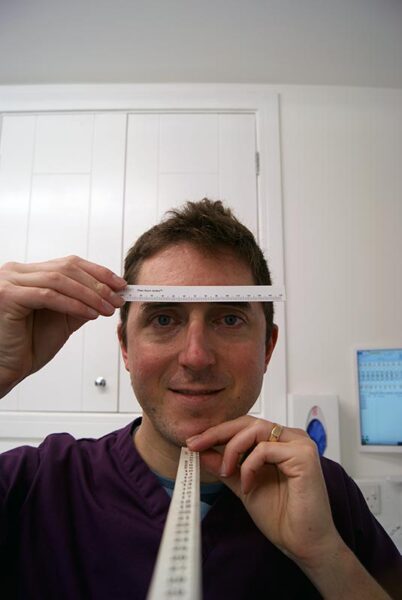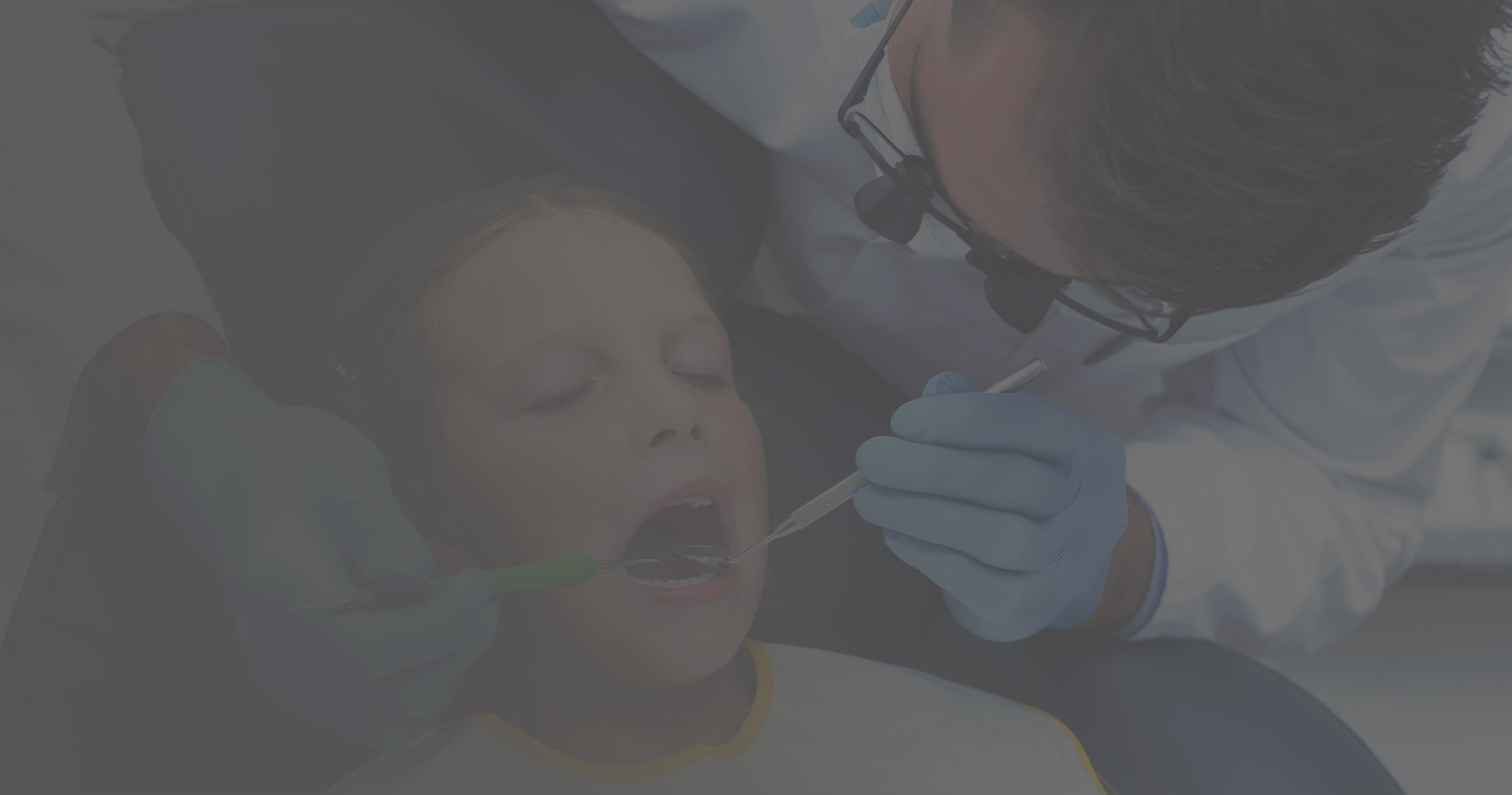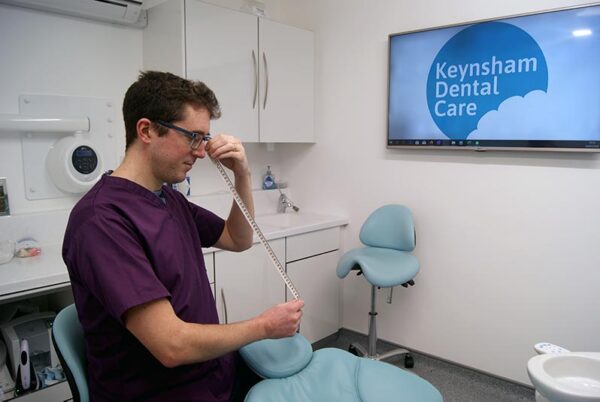How to measure Inter-pupillary Distance (IPD)
This measurement is only required for TTL loupes as flip ups loupes have a large amount of adjustability built in. As with the working distance this is an often over complicated measuring process that can easily be done from the comfort of your own home. The IPD is quite simply the distance between the centre of your two pupils whilst focusing on a set distance.

We have worked with digital engineers and optical equipment manufactures to develop a system of accurately measuring the IPD with very high tolerances from a specific photo of your face as defined below.
Stand against a white background and have a colleague hold a camera/phone at a distance away from your face as you calculated in your working distance. Hold a ruler level above your eyes and ask a colleague to take four photographs from this position.
Please then send these pictures along with your working distance measurements to us using any of the methods on our contacts page. Most clients find it easiest to take the photos on their phones and WhatsApp or message them to us on 07779442529.




